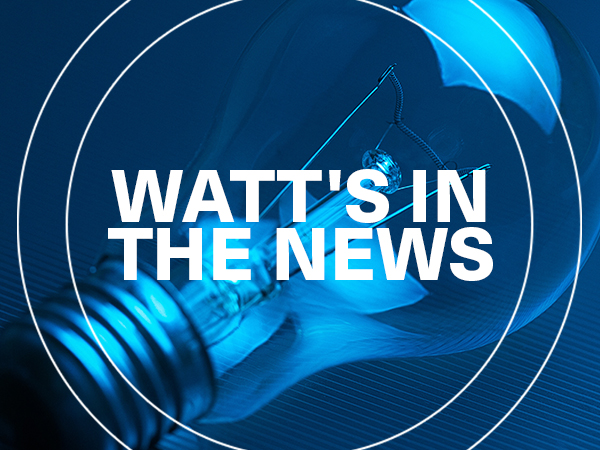The concept of electricity and how it arrives in our homes can be difficult to understand. We all experience static electricity, or the random electrical attraction between two objects from time to time. This often results in our being shocked as the electrons on an object are transferred to us when we touch it.
But the process of producing electricity for use in our homes is much more complicated. There are many nonrenewable ways to produce electricity. The most common method involves using natural gas or coal to heat water into steam that then turns a turbine connected to an electric generator. The electricity this produces is then carried by high power electric lines to homes, schools, production facilities and commercial buildings. This electricity becomes part of our power grid and is used across the country for many different purposes. Check out this video on energy generation to learn more.
In addition to nonrenewable energy sources, there are a number of renewable energy sources capable of producing electricity. These stabilize the power grid by providing extra electricity when needed, they also reduce the amount of nonrenewable energy sources required to produce electricity. One of the fastest-growing renewable energy sources is wind energy. Wind turbines use wind energy to turn the blades on the turbine and the electrical generator within the turbine to generate electricity for use in the power grid. Explore how wind turbines convert wind into electricity.
Solar panels are another renewable energy source that can produce electricity. These panels convert light energy into electric energy using silicon, the second most abundant element on earth. Silicon is a semiconductor and can conduct electric current. Solar panels can be installed on the roof of a home providing electricity to that specific residence, and the excess electricity can be purchased by the local utility back into the grid. Or solar panels can be part of a large-scale solar farm that provides lots of energy as a part of an electric utility.
The U.S. Energy Information Administration (EIA.gov) has many resources on the production of electricity, how it is measured, its delivery, and what energy sources are used to produce electricity in the United States. To learn more, click on the links below.

Meet Dan Whisler, Trane Educator in Residence

Meet Bill Nelson, Trane Educator in Residence
Learn more about Trane's STEM Education Programs

BTU Crew Newsletter Volume #33: Year End Wrap Up

BTU Crew Newsletter Volume #28: Reviewing the Big Picture
-
Blog
-
Watt's in the News
-
K-12
-
 Watt's in the News? - Volume 40
Watt's in the News? - Volume 40BTU Crew Newsletter Volume #33: Year End Wrap Up
-
 Watt's in the News? - Volume 38
Watt's in the News? - Volume 38BTU Crew Newsletter Volume #28: Reviewing the Big Picture
-
 Watt's in the News? - Volume 37
Watt's in the News? - Volume 37BTU Crew Newsletter Volume #29: Taking the pulse of High Voltage Transmission Lines Taking the Pulse of High Voltage Transmission Lines
































































































